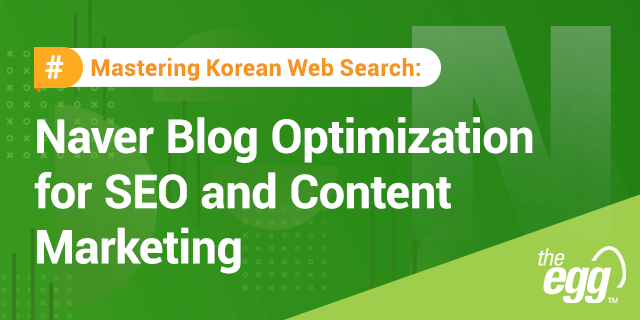In Baidu’s whitepaper on the importance of page load speed to mobile search, we see 2 key numbers: 1.5 seconds and 3 seconds.
- If the first-screen page loads in <1.5 seconds, then Baidu ranks that site higher.
- If the first-screen page loads in >3 seconds, then Baidu ranks that site lower.
In this article, we discuss the relevance of 1.5 seconds and how to reach that benchmark on your site.
Why should page load time be <1.5 seconds?
Obviously, the longer a page takes to load, the higher its bounce rate. But what is the optimal page load time?
In the image above, we can see that the bounce rate was 0% when the page load time was <1 second. The bounce rate increased to 10% when the page load time was 1.5 seconds.
The bounce rate will increase significantly once the page load time is >2 sec. Therefore, Baidu set 1.5 seconds as the standard, aiming to keep bounce rates <10%.
On the other hand, the bounce rate increases to >30% if the page load time is >3 seconds. In this case, Baidu punishes the site.
How can I reduce my page load time to <1.5 seconds?
Below are Baidu’s recommendations:
Resource Loading
- Compress and merge the same type of resources on the server side to reduce the number of network requests and resource volume.
- Refer to common resources and make full use of browser cache.
- Using CDN acceleration, direct users’ requests to the most appropriate cache server.
- Ensure lazy load of non-first-screen images, leaving network bandwidth to first-screen requests.
Page Render
- Write the CSS style in the header style sheet to reduce the rendering blockage caused by the network request of the CSS file.
- Place JavaScript at the end of the document or load it in async mode to avoid blocking rendering by JS.
- Specify width and height for non-text elements (such as pictures and videos) to avoid browser rearrangement and redrawing.








